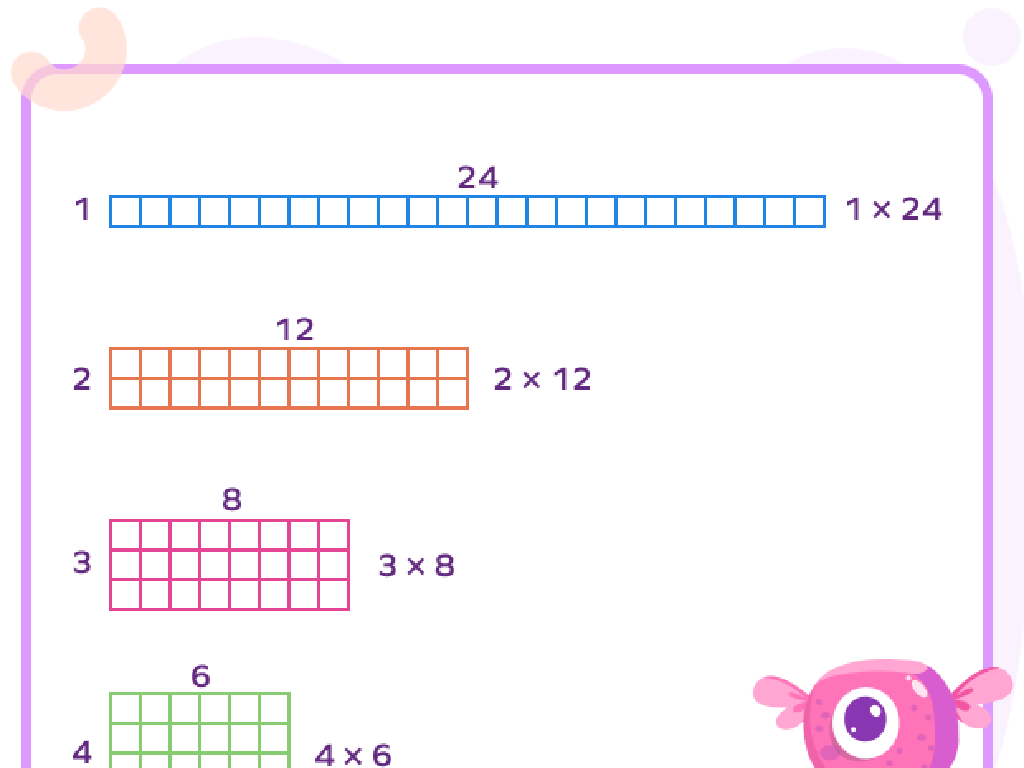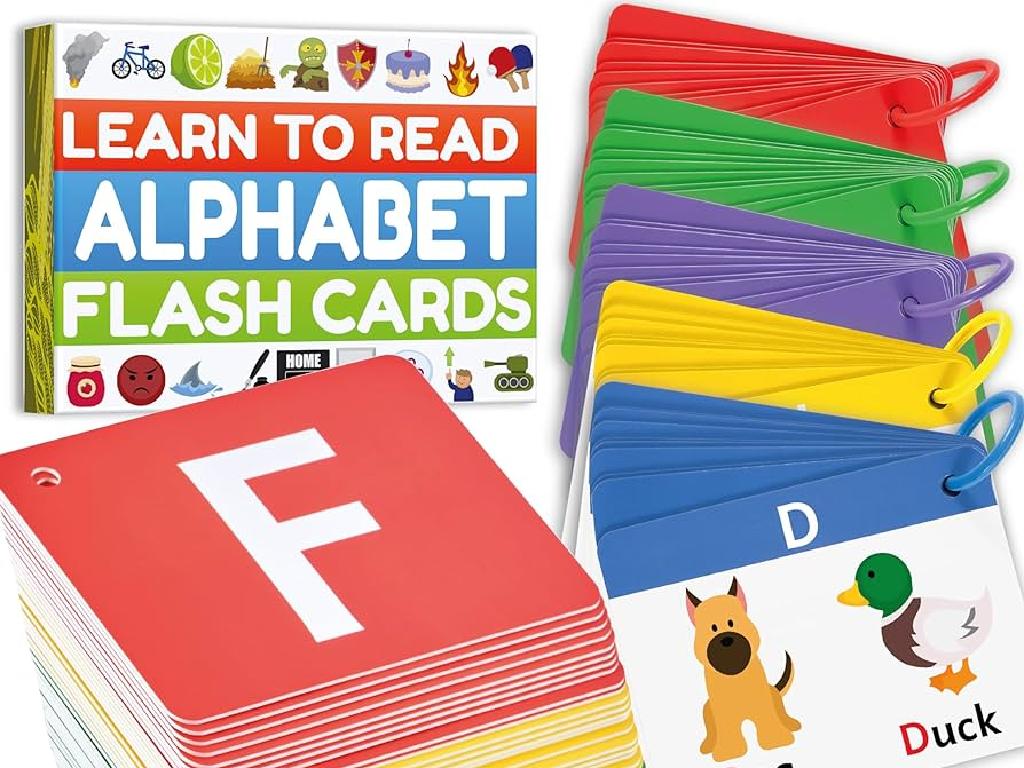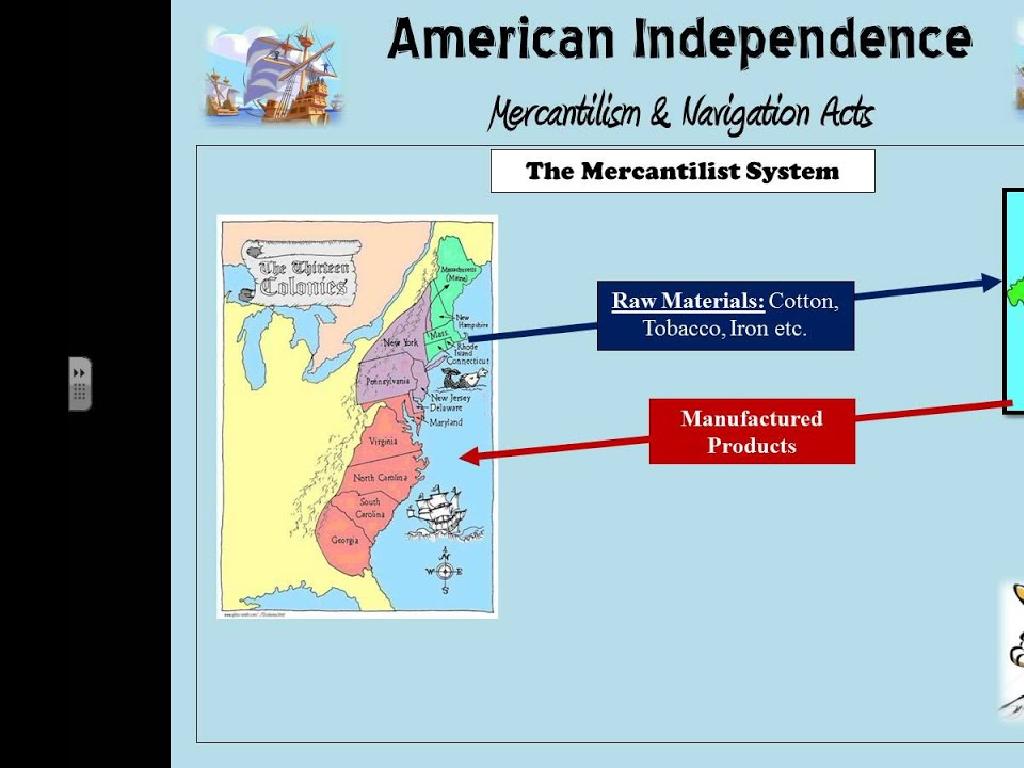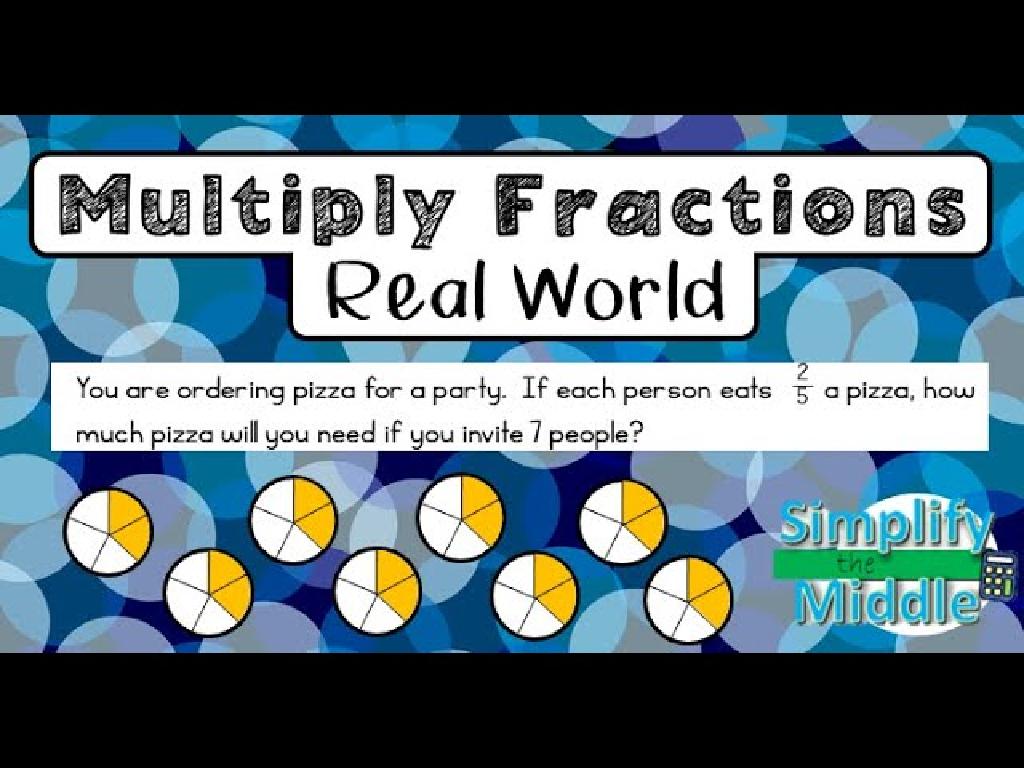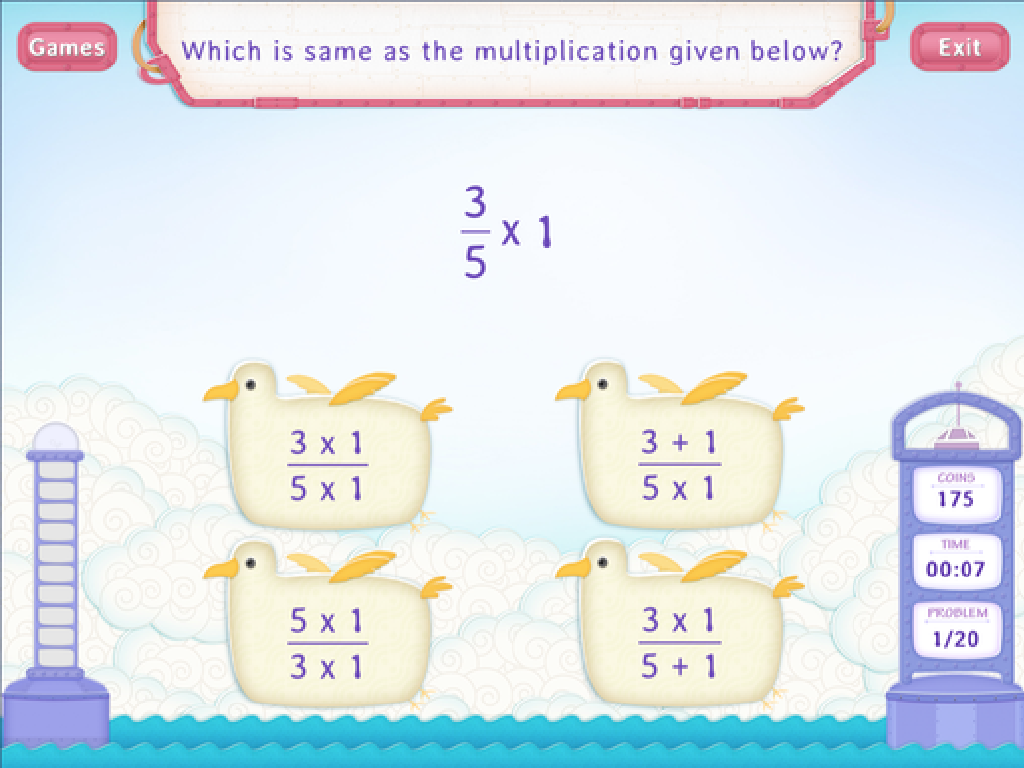Fewer And More - Compare By Counting
Subject: Math
Grade: Kindergarten
Topic: Comparing Up To 10
Please LOG IN to download the presentation. Access is available to registered users only.
View More Content
Comparing Quantities: Fewer and More
– What does ‘comparing’ mean?
– ‘Fewer’ vs. ‘More’: What’s the difference?
– ‘Fewer’ is when there are not as many items. ‘More’ is when there are additional items.
– Counting to find ‘fewer’ or ‘more’
– Use numbers to see which group has less or more items.
– Practice time: Let’s compare objects!
– We’ll count together and decide which group has ‘fewer’ or ‘more’.
|
Begin the class with a warm welcome and an introduction to the concept of comparison, which is a fundamental math skill. Explain that ‘fewer’ means a smaller number of items and ‘more’ means a larger number. Use visual aids like toys or blocks to demonstrate the concept. Engage the students in counting exercises where they determine which group of items is greater or lesser in number. Encourage participation and make the learning process interactive by allowing students to handle the objects and count themselves. This hands-on activity will help solidify their understanding of the concepts of ‘fewer’ and ‘more’.
Understanding ‘Fewer’ in Numbers
– ‘Fewer’ means not as many
– Fewer is when there is less of something
– Comparing cookies with a friend
– If you have 3 cookies and your friend has 5, you have fewer cookies
– Counting to find who has fewer
– We can count items to see who has fewer. Let’s try!
|
This slide introduces the concept of ‘fewer’ to Kindergarten students by relating it to a tangible example such as cookies. Explain that ‘fewer’ is used when comparing two sets of items and one set has less than the other. Use visual aids like pictures of cookies to help students count and compare quantities. Encourage the students to practice by counting aloud in class and determining who has fewer items in different scenarios. This activity will help them grasp the concept of comparison by counting and understanding the meaning of ‘fewer’.
Understanding ‘More’: Counting Balloons
– ‘More’ means having extra
– More is a bigger amount. If you have 5 cookies and I have 3, you have more!
– Comparing balloons with a friend
– If you have 6 balloons and your friend has 4, you have 2 extra balloons.
– Count to see who has more
– We can count balloons together to see who has the bigger number.
|
This slide introduces the concept of ‘more’ to Kindergarten students by using the relatable example of balloons. It’s important to use tangible items like balloons because they are visually stimulating and easy to count. Encourage the students to think about times when they’ve had more of something than someone else. During the activity, guide them to count their items and compare with their peers to determine who has more. This practical application reinforces the concept of comparing quantities up to 10 and lays the foundation for understanding basic arithmetic.
Let’s Count Together!
– Count items to compare
– Count apples and oranges
– How many apples are there? How many oranges?
– Which has more or fewer?
– Does the apple basket or orange basket have a bigger number?
– Share your findings!
|
This slide is designed to introduce Kindergarten students to the concept of comparing quantities by counting. Start by explaining that counting can help us find out which group has more or fewer items. Use real apples and oranges or pictures to visually engage the students. Guide them through counting each fruit type and then ask them to compare the two quantities. Encourage the students to articulate their findings, reinforcing the terms ‘more’ and ‘fewer’. This activity not only teaches comparison but also reinforces counting skills. For the activity, you can prepare baskets with different numbers of apples and oranges, and let the students count and compare in small groups.
Comparing with Our Hands
– Show fingers on your hands
– Compare more or fewer fingers
– Who has more fingers up? Who has fewer?
– Everyone has 10 fingers
– Hold up different numbers
– Let’s try holding up 3 fingers, then 5. Which is more?
|
This slide is designed for a hands-on class activity to help Kindergarten students understand the concept of comparing quantities up to 10. The activity involves students holding up different numbers of fingers to visually compare who has more or fewer. It’s a simple way to demonstrate that while everyone has the same total number of fingers, the number of fingers we hold up can vary. Teachers should guide students through several rounds of comparison, asking them to hold up different numbers of fingers each time and facilitating a discussion about which is more and which is fewer. This activity not only teaches comparison but also reinforces counting skills and the concept that the total number of fingers remains constant.
Using Blocks to Compare Numbers
– Count blocks in two piles
– Which pile has more blocks?
– Look at the number of blocks in each pile carefully
– Which pile has fewer blocks?
– Look at the number of blocks in each pile carefully
– Identify the color with most blocks
– Is it the red, blue, or yellow pile?
|
This slide introduces the concept of comparing quantities using a hands-on activity with blocks. The goal is for students to visually compare two groups of blocks and use counting as a method to determine which has more and which has fewer. Encourage the children to count aloud as they compare the piles. After counting, ask them to identify the color of the pile with the most blocks. This activity will help develop their counting skills and understanding of the concepts of ‘more’ and ‘fewer’. For the activity, prepare several piles of colored blocks before class, ensuring that each pile has a different number of blocks, all within the range of 1 to 10. During the next class, students can present their findings and discuss which color had the most and which had the fewest blocks.
Class Activity: Fewer or More Game
– Let’s play with classroom items
– Find objects to compare
– Look for pencils, erasers, or toys
– Decide: Which has fewer? Which has more?
– Count carefully and use your numbers
– Share your findings with the class!
|
This interactive game is designed to help Kindergarten students understand the concepts of ‘fewer’ and ‘more’ through hands-on experience. Set up stations with different sets of items, ensuring that there are clear examples of ‘fewer’ and ‘more’ at each station. Encourage students to count the items in each set and compare the quantities. Guide them to use the terms ‘fewer’ and ‘more’ correctly as they describe their findings. Possible activities include comparing sets of blocks, counting and comparing crayons, or grouping and comparing shapes. This activity will reinforce their counting skills and introduce them to basic comparative concepts in a fun and engaging way.
Fantastic Counters: Fewer and More
– Celebrating ‘fewer’ and ‘more’ knowledge
– Counting is key to comparing
– Count items to see which has more or fewer
– Practice with toys or snacks at home
– Use items like blocks or cookies to learn
– Keep counting and have fun!
|
Well done to all the students for learning the concepts of ‘fewer’ and ‘more’! It’s important to reinforce that counting is a fundamental skill that helps us determine if one group has more or fewer items than another. Encourage the children to practice this skill at home using familiar items like their toys or snacks. This will help solidify their understanding in a fun and interactive way. Keep the learning enjoyable and encourage them to count everything they can. Remember to praise their efforts and progress in learning how to compare different amounts.

